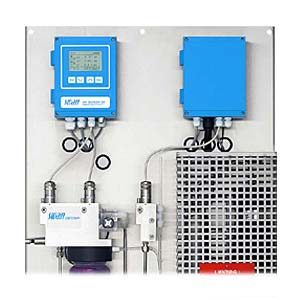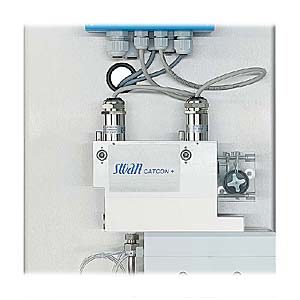
Degassed Cation Conductivity Analyzer SWAN AMI Deltacon DG The degassed cation conductivity analyzer enables measurement of three conductivity values in water-steam cycles: Specific (total); cation (acid) after a cation exchanger; Degassed after a sample reboiler. Call Contact Description Specification Application…



